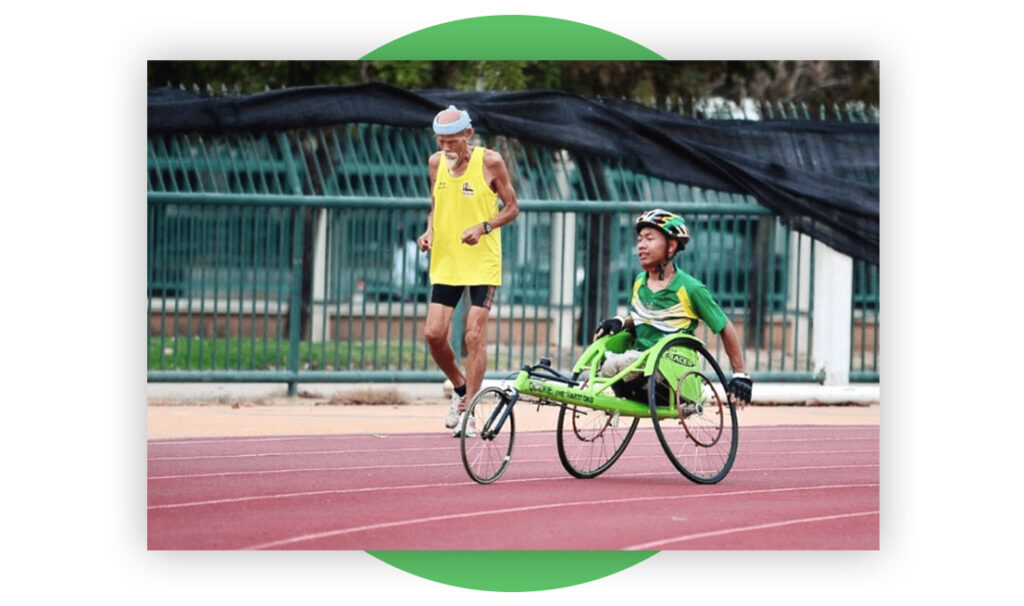Lori Shao • Aug 02, 2019
Among families saving to send their kids to college, 529 savings plans are one of the most popular options.
For those who aren’t familiar with 529 savings plans, they are a tax-advantaged investment account that parents and relatives (or anyone really) can open on behalf of a beneficiary (usually a child, but it could also be a spouse or on your own behalf) for the purpose of paying for education expenses.
Originally, 529 savings plans were originally used to pay for college and other post-secondary levels of education, however, today the plans can also be used for K-12 education as well.
Since 2003, assets in 529 savings plans have grown from $18.5 billion to $293.9 billion at the end of 2017.

A 529 that does more
In 2014 as part of the Achieving a Better Life Experience Act, Congress introduced ABLE accounts — a new version of the 529 savings plan made specifically for families with a child who is disabled.
Like the original 529 savings plan, ABLE accounts can be used for education expenses. But, money from ABLE accounts can also be used for other expenses that are especially impactful for families with children who have a disability, including medical treatment, special-needs transportation, and occupational training.
One of the key benefits of ABLE accounts is that beneficiaries can still make use of government assistance programs like Medicaid.
Before ABLE accounts, any individual with financial assets totaling more than $2,000 we disqualified from these programs. Now, with an ABLE account the first $100,000 in the account do not count against the asset count of the beneficiary so that they may also benefit from Medicaid or related programs.
To qualify for an ABLE account, the beneficiary must have been diagnosed with a disability before age 26. Contributors may contribute up to $15,000 to an ABLE account in a year.
Using Finli to contribute to an ABLE account
By using Finli, parents and relatives can contribute directly to a child’s ABLE account, ensuring a child access not only to an education, but also the crucial services like medical care, transportation, and job training that can make a world of difference for a disabled child.



